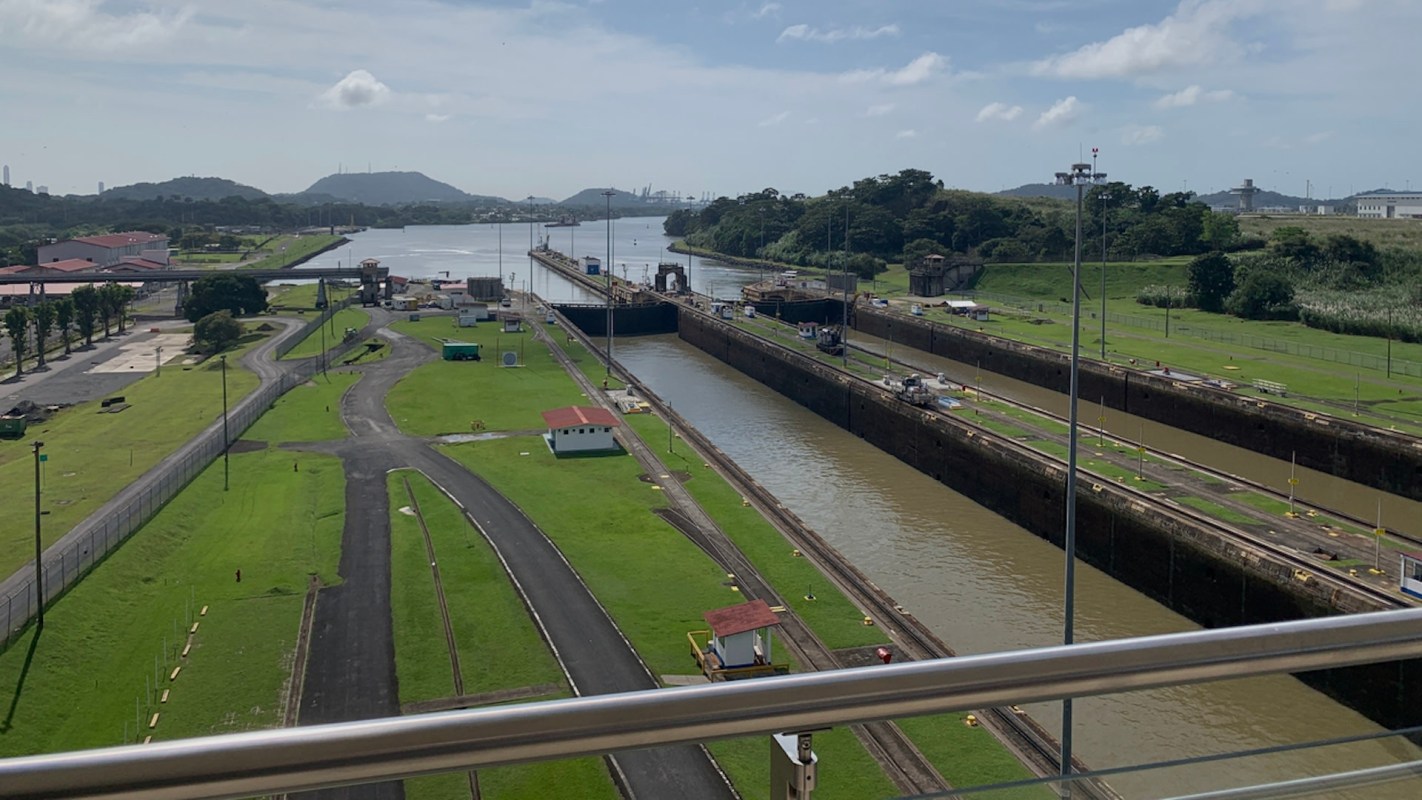One of the world's most famous waterways is reportedly in trouble.
What's happening?
The Panama Canal is experiencing its most extreme drought, significantly impacting global shipping, as reported by the New York Times. Gatún Lake, the Panama Canal's primary water source, is at historically low levels and is expected to remain so until May.
"This is certainly a low input year — one of the lowest, one of the driest on record," said Joshua Tewksbury, the director of the Smithsonian Tropical Research Institute based in Panama.
Why is the Panama Canal drought significant?
This drought, heightened because it's an El Niño year, is forcing cargo ships to find longer routes across the ocean. Longer shipping routes release more carbon pollution into the atmosphere, and cargo shipping already accounts for nearly 3% of all planet-warming gases, according to the Times, citing a UN report.
While isolated extreme weather events have always happened, nearly all of the scientific community agrees that humans are causing the global trend of rising temperatures, which supercharge extreme weather events — like what's happening at the Panama Canal — and make them occur more frequently.
Other factors are making this a worrying situation as well, as the Times detailed. The demand for clean drinking water has exploded as Panama's population has grown over the last several decades, and Gatún Lake is one of the primary water sources.
Deforestation has left the surrounding land without a vital mechanism. Forests have a sponge-like effect, absorbing rain in the wet season and releasing it during dry spells.
"All of the demands on that water have increased over the last hundred years, and none of the inputs have," Dr. Tewksbury explained to the Times.
What can I do to help?
Switching to clean, renewable energy sources like wind will help reduce how much the planet heats up. For instance, a small wind electric system can help you save up to 90% (under ideal conditions) on your electricity bill without generating pollution, according to the U.S. Department of Energy.
Cutting down on how much single-use plastic you use can also help. Plastic is created from dirty energy, and landfills that contain single-use plastics account for more than 15% of all methane-gas pollution, as the University of Colorado Boulder reported. Limiting methane gas is critical because it has up to 80 times the warming power of carbon dioxide (though its effect is not as long-lasting), per the Environmental Defense Fund.
Thankfully, countries like India have already started to ban single-use plastics.
Join our free newsletter for cool news and cool tips that make it easy to help yourself while helping the planet.









